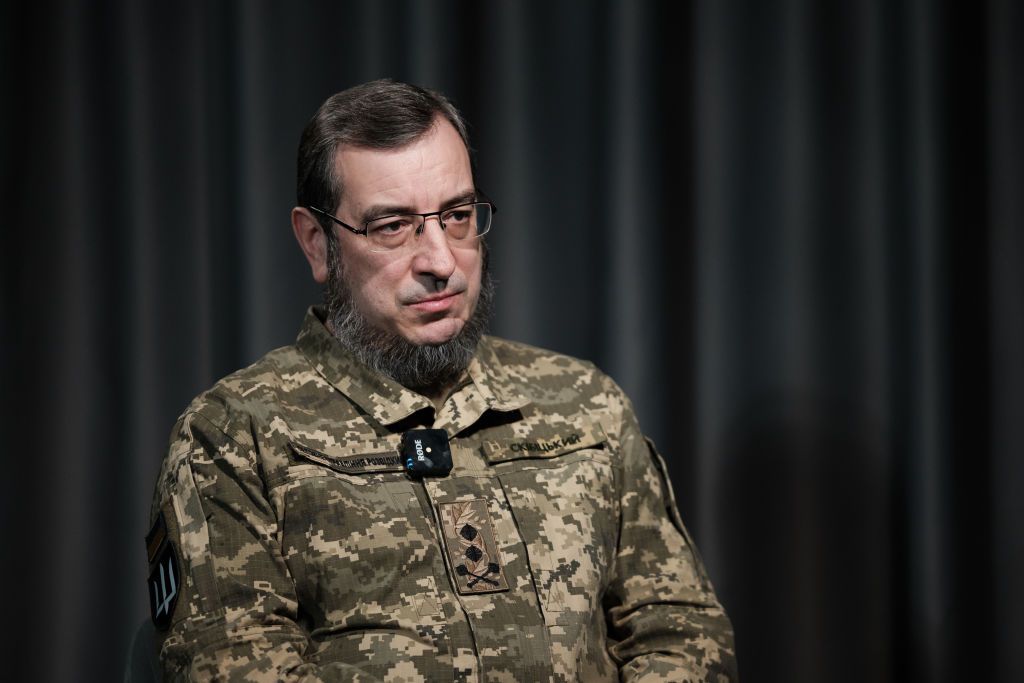The fall of Chasiv Yar, a town in Donetsk Oblast, similar to that of Avdiivka, is seen as only a matter of time by Major General Vadym Skibitsky, deputy head of military intelligence. Russian forces have shifted their focus towards Chasiv Yar after capturing Avdiivka in February, aiming to further advance into the oblast. Ukraine is also facing challenges near the village of Ocheretyne, where Russian troops have created a salient. Skibitsky believes that Russia will first seek to capture the rest of Donetsk and Luhansk oblasts, followed by an offensive in northeastern Sumy and Kharkiv oblasts. The Kremlin is likely preparing for an offensive at the end of May or early June.
Russia currently has a group of forces around the Kharkiv Oblast border, which is set to expand from 35,000 to 50,000-70,000 troops. While this may not be enough to capture major cities, it could be sufficient for smaller tasks such as quick operations. Skibitsky outlined Russia’s three-step plan to destabilize Ukraine, which includes military pressure, a disinformation campaign, and isolation on the international stage. The U.S. recently approved a $61 billion aid bill for Ukraine, but it will take time to have an impact on the battlefield. Skibitsky highlighted Europe’s ability to ramp up defense production to help Ukraine as a key factor in staving off further Russian aggression.
As the battle for Chasiv Yar unfolds under a drone-infested sky, the story follows Ukrainian soldiers as they navigate the rubble-strewn garages in the town. The soldiers, identified only by their first names and callsigns for security reasons, are depicted in the midst of the conflict. Skibitsky emphasized the importance of battlefield victories but also highlighted the need for eventual treaties to end the ongoing full-scale war between Ukraine and Russia. Real negotiations are expected to begin in the second half of 2025, with challenges predicted for both sides. Russia may face challenges in arms production due to shortages of materials and engineers by early 2026.
The intelligence officer suggested that even if Ukraine manages to push Russian forces back from its borders, wars like this ultimately require treaties to end. Both sides are currently vying for a favorable position, but actual talks may not commence until the second half of 2025. Skibitsky projected that Russia would face difficulties in arms production due to material shortages and a lack of engineers. The faith in the U.S. as a supporter of Ukraine has been questioned due to delays in passing aid bills, raising uncertainty about future international support for Ukraine. The ongoing conflict in Ukraine is expected to continue for the foreseeable future, with battles like the one in Chasiv Yar serving as reminders of the stakes involved.


